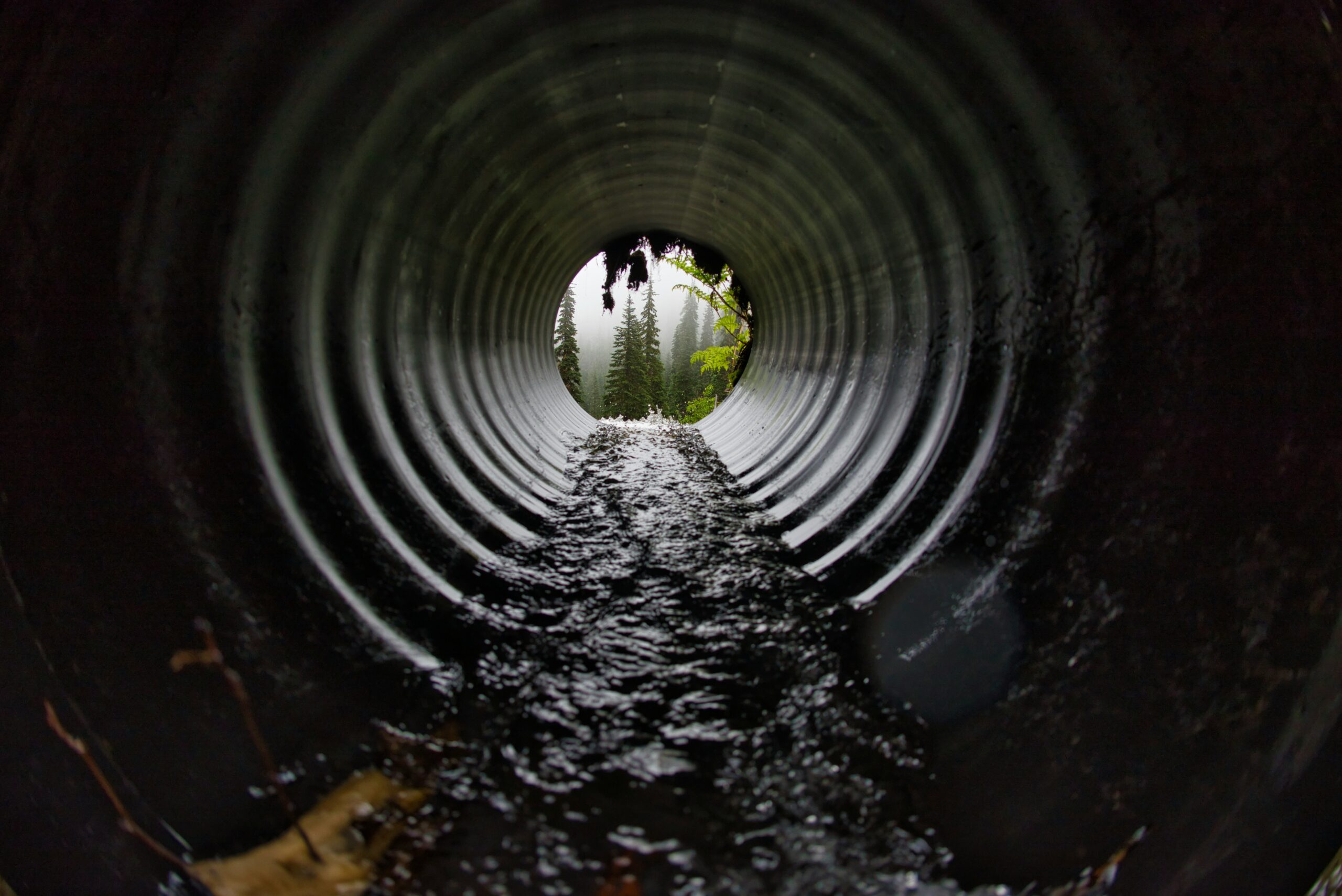The management of sewer systems in urban environments presents numerous challenges, including the proliferation of cockroach and insect infestations, which pose significant health hazards and logistical impediments for city administrators. However, developing advanced IoT monitoring services has provided municipalities with a powerful tool to address these issues and safeguard public health proactively. By leveraging these monitoring services, city managers can effectively identify and mitigate pest infestations before they become a severe problem. This approach is critical to ensuring urban residents’ continued safety and well-being and promoting sustainable, healthy communities.
The management of sewers is a critical component of urban hygiene and environmental sustainability. These underground networks, however, provide an ideal habitat for various pests, including cockroaches and other insects. The damp and dark environment of sewers provides a conducive space for the proliferation of these pests, leading to rapid infestations if not adequately managed. The challenge of sewer infestations poses a significant risk to public health and safety and calls for effective and timely intervention to prevent their spread.
Cockroach and insect infestations in sewer systems present complex challenges for city officials. First and foremost, these infestations pose a severe threat to public health. Cockroaches and insects are known carriers of various diseases, including salmonella, dysentery, and gastroenteritis. The presence of these pests in sewers increases the risk of disease transmission to humans through contaminated water and food sources.
In addition to public health concerns, infestations can cause structural damage to sewer infrastructure. Burrowing insects like termites and beetles can weaken pipes and lead to leaks, necessitating costly repairs and service disruptions. Furthermore, sewer infestations can have a significant environmental impact, contaminating water bodies and disrupting the natural balance of local flora and fauna. Using chemical pesticides to control infestations can exacerbate this problem, as these substances may harm non-target species and pollute the environment.
Addressing these multifaceted challenges requires a comprehensive approach considering short-term and long-term solutions. City officials must work closely with pest management professionals to develop effective strategies that minimize disease transmission risk while mitigating sewer infestations’ structural damage and environmental impact.
Monitoring services are a proactive approach to managing sewer infestations, providing real-time insights into pest activity and environmental conditions within sewer networks. These services rely on sensors, data analytics, and predictive algorithms to detect early warning signs of infestation and facilitate targeted intervention strategies. The continuous tracking of key parameters, such as temperature, humidity, and pest activity levels, through real-time monitoring is made possible. Predictive analytics algorithms forecast potential infestation hotspots based on historical data and environmental factors. The remote monitoring capabilities of these services enable city officials to oversee sewer networks from a centralized dashboard, regardless of geographical location. By leveraging these advanced technologies, monitoring services offer an effective solution to managing sewer infestations and preventing potential health hazards.
Managing cockroach and insect infestations within sewer systems presents significant challenges for city officials. Municipalities can implement various preventative measures to mitigate sewer infestations, in addition to monitoring services. Regular maintenance is crucial and includes routine inspections and maintenance of sewer infrastructure to identify and eliminate potential entry points for pests, such as cracks, leaks, and blockages. Proper waste management practices, including timely removal of organic debris and trash, reduce the availability of food sources for pests within sewer systems. By adhering to these preventative measures and best practices, municipalities can ensure a safe and hygienic environment by reducing the risk of sewer infestations.
